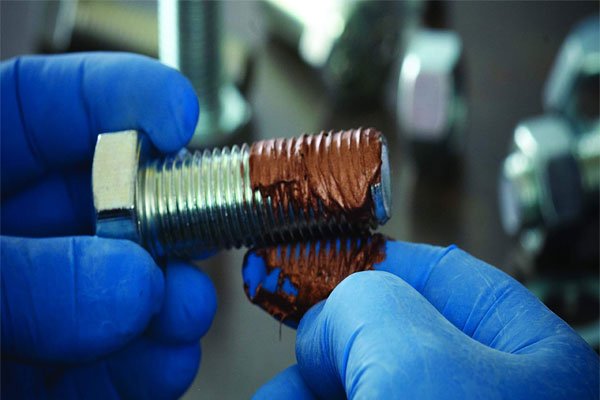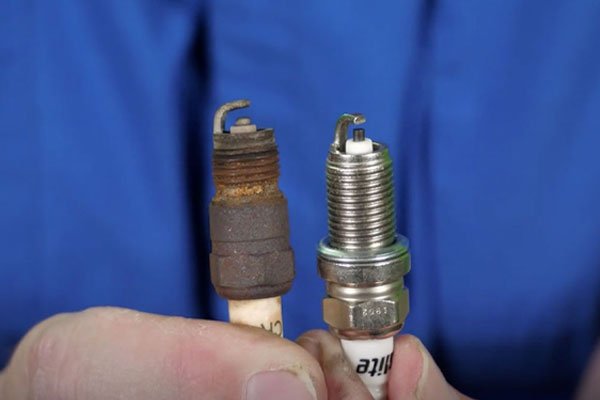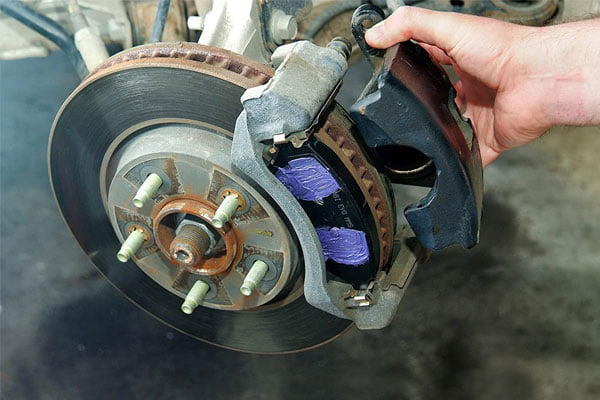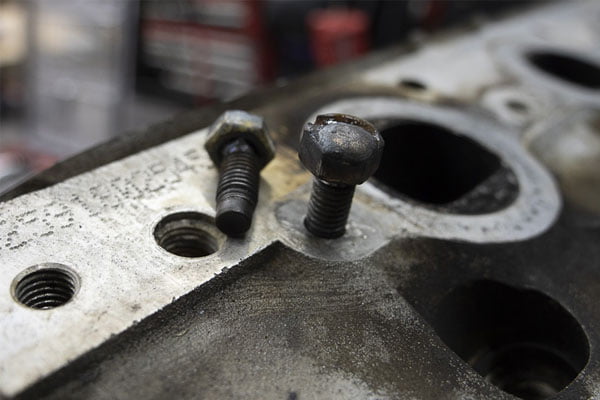When you make repairs to a vehicle, you want the best results. You need to make sure every bolt and fastener is secured in the right spot, with the right amount of tension and movement allowed for optimal performance. You also want to improve the chances that those components last and don’t start to break down with exposure to harsh elements. Thankfully, there is an automotive chemical that can make this easier: anti-seize. Keep reading to learn when to use it.
Common Uses for Anti-Seize

As you consider each area and component of a vehicle, there are very few spots where anti-seize isn’t used. This valuable product acts as a lubricant and protectant for critical parts and has a wide range of uses.
Spark Plug Threads

A common place to use this product is on the threads of spark plugs. With a thin layer of lubricant, mechanics can prevent the plug from seizing or getting stuck in the cylinder head. Aluminum spark plugs are especially at risk of seizing. By keeping the plug properly lubricated, you can ensure it will work as it should and make future spark plug changes easier.
Brake Assemblies

One area that definitely needs anti-seize is the brakes. Stopping the car is a big job, and brakes are often subjected to a lot of harsh elements, including moisture, extreme temperatures, debris, and other automotive chemicals. Using the right compound to prevent seizing will allow the brakes to work as they should so drivers can stop when expected. The lubricant also prevents damage to the brake pads and caliper pins.
Exhaust Bolt Threads

Exhaust bolts have a high risk of fusing and seizing because they are exposed to such high temperatures and vibrations. Once they have seized, it becomes extremely hard to remove them, and that makes it harder to complete repairs and replacements in the future. Using anti-seize protects the bolts, so things are easier for any work needed down the line.
Suspension Components

Different parts of the suspension system are at risk of getting stuck, especially on older vehicles where there may be rust or other corrosion. Anti-seize can help get parts unstuck while also protecting the parts later. Because there is so much movement in the suspension system, it’s critical that each component has the proper range of motion.
Potential Consequences of Skipping Anti-Seize
Using this product may feel like an extra step during your repair process, but it is one that is necessary. If you skip it, there are several risks that come into play:
- Damaged Threads: The threads on bolts can break and become damaged when they seize, leading to extensive repairs.
- Increased Repair Time: If there is no anti-seize, you may have to spend more time on a simple repair as you try to remove stuck parts.
- Safety Hazards: In some cases, parts that get stuck can fail, increasing the risk of a crash or car breakdown.
Get the Anti-Seize You Need
It’s clear that anti-seize serves an important function throughout the construction of a vehicle. By using it at the right times, you can get better repairs that last longer.











